2003-2011 Federal Service During the Iraq War

Hawaii Air National Guard (HIANG) personnel were instrumental in the global war on terrorism and the effort to topple the regime of Saddam Hussein in Iraq.
In March 2003, several dozen air traffic and radar approach controllers and support personnel from the 297th Air Traffic Control Squadron deployed to an undisclosed location as part of Operation IRAQI FREEDOM. The HIANG airmen were responsible for directing take-offs and landings for all U.S. Air Force B-1, B-2 and B-52 bombers operating from that forward airbase. The airmen spent more than three months on active duty with the Air Force and conducted more than 3,500 take-offs and landings in support of the operation. They returned to their home base at Kalaeloa in June 2003.
More than two dozen airmen from the 154th Security Forces Squadron deployed to Prince Sultan Air Base, Kingdom of Saudi Arabia, in December 2002, where they were an integral part of the security team that protected Central Command’s Combined Air Operations Center and U.S. military and other coalition member aircraft and personnel. The security forces spent more than five months in Saudi Arabia, where U.S. Air Force and coalition leaders directed the air campaign in Iraq. Unit members had previously deployed to Qatar, where they helped protect U.S. assets at Al Udeid Air Base. Altogether, the security forces spent more than eight months at air bases within Central Command’s area of responsibility. . .
Members of the 291st Combat Communications Squadron, 292nd Combat Communications Squadron and 293rd Combat Communications Squadron deployed to several locations in Southwest Asia for Operation ENDURING FREEDOM and Operation IRAQI FREEDOM. The HIANG airmen helped lay communications cable, establish short-range radio and set up secure satellite and internet connections. Locations where these airmen deployed remain undisclosed to the public.
– 2003 Annual Report pp. 14-15





The Hawaii Army National Guard (HIARNG) continues to play an integral part in protecting our state and nation as part of the Global War on Terrorism. More than 200 HIARNG soldiers from Company C, 193rd Aviation deployed to Iraq in March 2004. The unit’s CH-47 helicopters are flying troops and re-supply missions throughout that country in support of Operation Iraqi Freedom. Reports from the field indicate the unit is extremely busy, flying more hours than any other helicopter unit in the region.
At the close of the State Fiscal Year, the HlARNG’s 29th Separate infantry Brigade received initial word of a pending mobilization as part of Operation Iraqi Freedom. Tue mobilization order was received on July 2 and the 29th Brigade Combat Team was formed. More than 12,000 HIARNG soldiers are in the 29th Brigade Combat Team, which has been rounded out by Army Reservists from the 100th Battalion, and soldiers from the California, Oregon, Alaska and Minnesota Army National Guards, making it a truly pan-Pacific unit. This will be the largest deployment of Hawaii Army National Guard soldiers since World War II. The soldiers are expected to deploy to Iraq for one year.
– 2004 Annual Report pp. 5-6
Hawaii Air National Guard personnel participated in numerous deployments all over the globe in support of the War on Terrorism. . .
Three members of the 154th Logistics Readiness Squadron were mobilized in February 2004 and deployed to Iraq in support of Operation Iraqi Freedom. The members were part of a Vehicle Operator Partial Mobilization. They retuned home in September 2004.
A Public Affairs Officer from Headquarters. Hawaii Air National Guard was mobilized and deployed to Iraq in March 2004. retuning in June 2004.
– 2004 Annual Report pp. 13-14
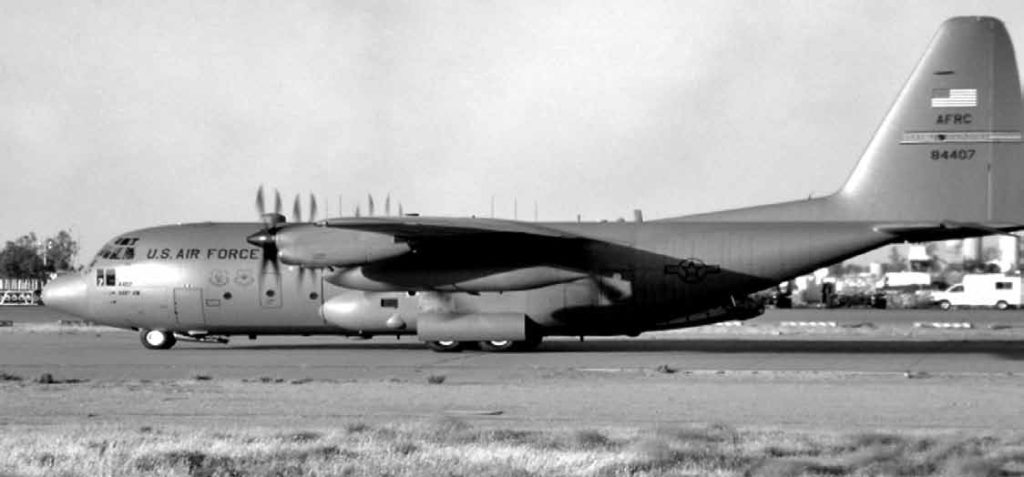

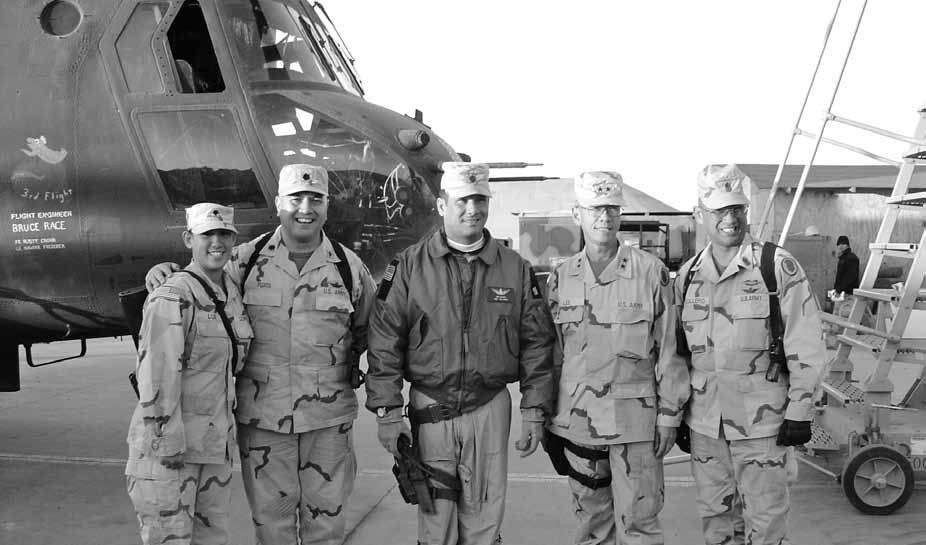

Fiscal Year 2005 marked the first activation of the Hawaii Army National Guard 29th Separate Infantry Brigade since the Vietnam War. On Aug. 16, the 2,000 Hawaii-based members of the brigade reported for duty at Kalaeloa on Oahu and at their armories on the neighbor islands. The brigade soldiers spent the next several months receiving new equipment and training at Schofield Barracks in preparation for their deployment to Iraq and Kuwait. After a rousing send off at Aloha Stadium on Oct. 2, the soldiers reported for duty at Fort Bliss, Texas where they underwent several more months of intense training. Immediately after the New Year, the 29th Brigade Combat Team soldiers reported for combat certification at Fort Polk, La. By the end of January, the brigade, now linked up with soldiers from a dozen states and areas in the South Pacific, deployed to Kuwait. The 1st Battalion, 487th Field Artillery took up positions, guarding vital infrastructure in Kuwait. The other battalions pushed on into Iraq in early February. The 2nd Battalion, 299th Infantry took up positions in Baghdad along with 1st Battalion, 184th Infantry, from the California. The Brigade Headquarters and Headquarters Company, as well as the 29th Support Battalion and soldiers from the 227th Engineer Company deployed to Balad, Iraq, taking up residence for approximately one year at Logistics Support Area Anaconda.
In March, C Company, 193rd Aviation, which had spent nearly one year in Balad, Iraq, returned to Hawaii and was released from active duty. During its time in Iraq the unit chalked up an enviable list of accomplishments. The unit’s CH-47 Chinook helicopters flew more than 1,200 combat sorties, encompassing more than 6,000 hours—more than any other aviation unit in Iraq. The unit flew more than 58,000 passengers, including Saddam Hussein to his first court appearance, and transported more than 16 million pounds of cargo. For its efforts, 193rd unit received the Army Meritorious Unit Citation — the only National Guard unit to do so.
. . . At its peak in 2005, five out of every six soldiers in the Hawaii Army National Guard were on active duty.
– 2005 Annual Report pp. 5-6
Staff Sergeants Edgar Abella, Robert Kodama and Brandon Sarceda, all members of the 154th Logistics Readiness Squadron, deployed Feb. 16, 2004 to Fort Benning, Ga., and then shortly after to Camp Virginia, Kuwait for 45 days of live fire training and convoy operations. From there, they traveled to Iraq via C-130, where they would spend six months providing convoy protection for Iraqi supplies and civilians. Months after the 154th LRS members deployed, nine members of the 154th Services Flight stepped up to the plate and forward deployed within the Central Command Area of Responsibility for a three month Air Expeditionary Force rotation. Both LRS and SVF members returned home September 2004.
In December, ten members of the 297th Air Traffic Control Squadron deployed to Mosul, Iraq until Mar. 2005 in support of Operation Iraqi Freedom. This was the squadron’s second deployment in support of OIF.
– 2005 Annual Report pp. 15-17

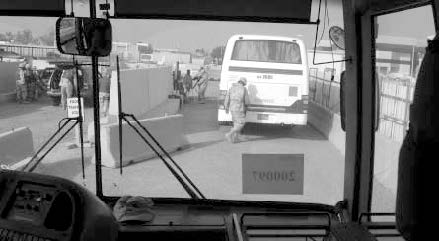
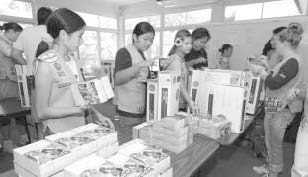

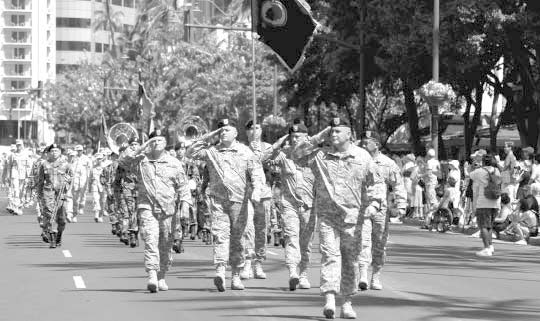


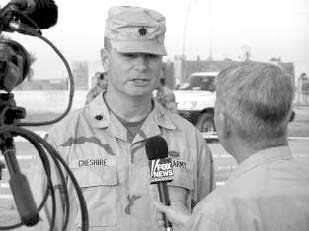



State fiscal year 2006 began on a somber note for the Hawaii Army National Guard. On July 8, 2005, Sgt. Deyson K. Cariaga, 21, was killed by a roadside improvised explosive devise (IED) while serving with the 29th Brigade Combat Team (29th BCT) near Balad, Iraq. Sgt. Cariaga became the brigade’s first and only combat casualty from Hawaii during the year-long deployment. Seventeen other Soldiers attached to the brigade from the U.S. mainland, American Samoa and Saipan would pay the ultimate price while serving their nation in Iraq before the Soldiers would return to state control.
At the halfway point of the deployment, the State announced the initiation of Operation UPLIFT, a program designed to give a morale boost to those serving overseas. Operation UPLIFT encouraged local residents to send care packages to Hawaii-based Soldiers. The response was overwhelming. For example, when it became known that the Hawaii Soldiers preferred local-style rice to the kind being served in the dining facilities in Iraq and Kuwait, more than a ton of sticky rice was mailed to the 29th BCT Soldiers.
Infantry units redeploy By November 2005, elements of the brigade would begin packing up for the return journey home. The 1st Battalion, 487th Field Artillery, which served as security forces in Kuwait, would be the first of the 29th BCT units to set foot back on Hawaiian soil before the New Year’s holiday after nearly one year in the desert. By the end of January 2006, all of the brigade’s Hawaii-based Soldiers would be home. The thunderous cheers of families, friends and employers, who packed the Martinez Gym at Schofield Barracks or the Building 117 hangar at Kalaeloa, greeted each returning unit as the Soldiers marched in.
The welcome home ceremonies were just a prelude to the events that would be held throughout the Spring to honor the HIARNG Soldiers’ service and sacrifice. In March, the Kauai-based soldiers of Company A, 299th Infantry, were special guests recognized in a parade through Kapaa. Freedom Salute ceremonies were held during virtually every weekend in the Spring. These ceremonies honored not only the Soldiers who deployed, but also their families and, in some cases, employers as well.
Aviators thank Air Force rescuers In December 2005, several Soldiers of Company C, 193rd Aviation, traveled to Washington, D.C., to participate in the awarding of the McKay Trophy to an Air Force special operations team. The McKay Trophy went to the team that performed the most outstanding flight of the year. The aviation members had been rescued in a daring mission in 2004 in Iraq when their CH-47 helicopter went down in a blinding sandstorm. The awarding of the McKay Trophy provided an opportunity for the Hawaii Soldiers to reunite with their rescuers under less stressful conditions.
– 2006 Annual Report pp. 5-7

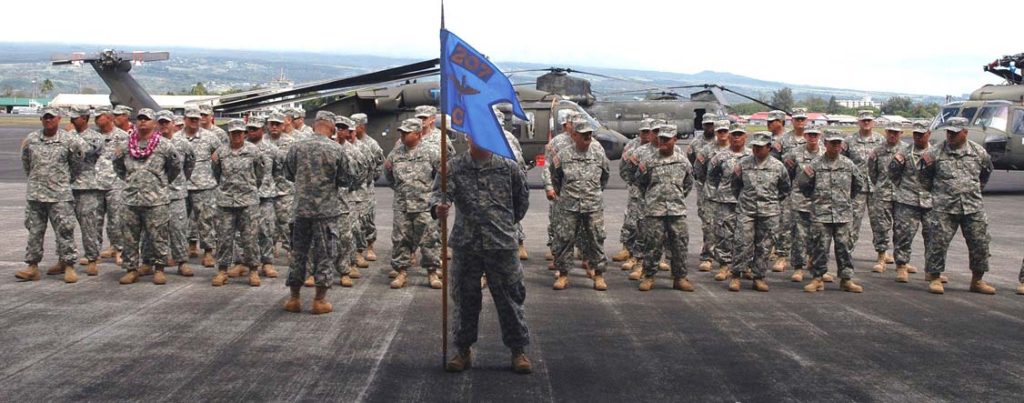




The year began and ended with a high operational tempo. More of the Hawaii Army National Guard personnel and units were mobilized in support of the global war on terrorism for Operation ENDURING FREEDOM in Afghanistan and for Operation IRAQI FREEDOM in Iraq and Kuwait.
After returning from deployment in support of OIF III and OEF VI, the Hawaii Army Guard was challenged with the reorganization/transformation of the Brigade to a unit of action or modular combat force and the reorganization of most of the Troop Command units. Despite the transformation, the Hawaii Soldiers continued to participate in deployments, exercises and community-service projects. . .
Hilo’s Co. C, 1st Bn, 207th Aviation, a UH-60 Blackhawk assault helicopter unit, departed in April for mobilization training at Fort Sill, Okla. More than 80 Charlie Company Soldiers moved downrange to Iraq in support of OIF in July. The unit had been providing aeromedical transportation for Oahu (April 2006 to January 2007). . .
About 30 Soldiers from the 12th Personnel Service Detachment deployed to locations in Iraq and Kuwait in August to serve on casualty liaison and R5 teams (redeployment, replacement, rest and recuperation, reception, and return to duty operations) in support of OIF. . .
– 2007 Annual Report pp. 11-13
The 201st Group sent over 70 personnel in support of Operation IRAQI FREEDOM and Operation ENDURING FREEDOM to forward operating bases in Iraq, Afghanistan, Qatar and Kuwait. Members from every unit within the 201st sent volunteers for the four-month Air Expeditionary Force rotations in Southwest Asia. This was the first time a Combat Communications Group sent this many volunteers to support any one Air Expeditionary Force. Normally, an Air National Guard Group will send 30- 35 volunteers staying for approximately 60-day rotations.
– 2007 Annual Report pp. 17





This year, more Hawaii Army National Guard units and personnel were mobilized in support of the global war on terrorism (GWOT) for Operation ENDURING FREEDOM in Afghanistan and for Operation IRAQI FREEDOM in Iraq and Kuwait. The 29th Infantry Brigade Combat Team began preparation for its second mobilization and deployment, in support of the GWOT, in four years while select Brigade Soldiers deployed for missions in Afghanistan and the Philippines. . .
The 103rd Troop Command’s mobilization activity was in high gear as two units redeployed and other units prepared to deploy for the second time. . .
– 2008 Annual Report pp. 10-12
- Hilo’s Co. C, 1st Bn, 207th Aviation, the UH-60L Blackhawk assault helicopter unit, returned from a successful deployment to Iraq in support of OIF. Their missions included refueling (2.6 milllion gallons of fuel), aircraft maintenance (35,000 hours) and air assault (1,100 missions) in support of Combined, Joint Operations Task Force. High profile passengers included Iraq and U.S. dignitaries like President George W. Bush and presidential candidate, U.S. Sen. John S. McCain. The 207th is starting its transition to the new UH-60M Blackhawk model.
- About 30 Soldiers from the 12th Personnel Service Detachment returned from Iraq and Kuwait in August from serving casualty liaison and R5 teams (redeployment, replacement, rest and recuperation, reception, and return to duty operations) in support of OIF. The unit is in the process of being deactivated, with Soldiers moving to other units with positions in personnel or reclassifying by September 2009.
297th Air Traffic Control Squadron personnel continued to support AEF requirements with personnel deploying to both Iraq and Afghanistan. Nearly 300 ATCS airmen have supported operations in Iraq and Afghanistan multiple times since Sept. 11, 2001.
– 2008 Annual Report pp. 18






This past year, most Hawaii Army National Guard personnel joined the ranks of Soldiers with multiple deployments. Some Soldiers served on their third and fourth rotation in support of the global war on terrorism (GWOT) for Operation ENDURING FREEDOM in Afghanistan and the Philippines and for Operation IRAQI FREEDOM in Kuwait and Iraq.
Operation IRAQI FREEDOM
The 29th Infantry Brigade Combat Team returned from their second OIF mobilization, while selected Brigade Soldiers extended their mission with the replace unit the Wyoming’s 115th Fires Brigade and others redeployed for missions in Afghanistan and the Philippines. The 29th IBCT’s approximately 1,700 Soldiers, to included 500 from the U.S. Reserve’s 100 Bn., 442nd Infantry and a few augmentees from Oklahoma and Guam Army Guard, were mobilized in August 2008 through August 2009.
Brigade forces were split to five major bases throughout Kuwait with three distinct missions: some units provided force protection, or security, at several installations in Kuwait, while other units were the camp command cell, performing “mayoral” duties, for installations around Kuwait and finally, some units were the security force for units convoying north to Iraq. The brigade traveled over five million miles during the deployment.
Hawaii Soldiers conduct convoy security escort missions into Iraq, driving as far as Baghdad and Mosul to the north and back again to Kuwait (more than 1,000 Soldiers regularly escorted convoys far into Iraq). There have been varying types of hostile activities against our Convoy Escort Teams (CET) providing security into Iraq. They range from attempted hijackings, small arms fire and IEDs at various locations throughout the routes that our convoys are traveling. The 29th IBCT used Mine Resistant Ambush Protected (MRAPs) vehicles, which provide more protection from roadside bombs than an up-armored Humvee. Hawaii’s affiliation with the Army Reserve’s 100 Bn., 442nd ended as Guam’s new 1st Bn., 294th Infantry was stood up this past year
– 2009 Annual Report pp. 10-11
On virtually any given day, HIANG Airmen and units were deployed throughout the world in support of operational contingencies. 154th Security Forces Squadron teams deployed to Iraq, marking the seventh deployment for the Security Forces since 9-11. One of the unit’s duties while deployed to Baghdad, was to assist in the protection of Air Force One during Pres. Obama’s trip in April 2009.
Flying the C-17 Globemaster III cargo aircraft, 204th Airlift Squadron flight crews transported personnel and equipment to places including, but not limited to: Iraq, Afghanistan, Kuwait, Qatar, the Philippines, Germany, Japan and Korea. The 203rd Air Refueling Squadron’s KC-135 Stratotankers flew to missions in support of U.S. Force objectives to points on the map including, but not limited to: Thailand, Japan, Germany and Korea. More than one hundred 201st Combat Communication Group Airmen deployed to Iraq and several other locations within U.S. Central Command’s area of responsibility supporting Operations IRAQI FREEDOM and ENDURING FREEDOM. These deployments were typically six months in length.
– 2009 Annual Report pp. 17

In Fall 2009, Troop Command conducted the induction ceremony of six UH-60M Black Hawks, helicopters. The helicopters capabilities include improved payload, new digital cockpit displays, a strengthened fuselage, new composite spar wide-chord blades which provide 227 kg (500 lb) more lift than the UH-60L blade, and more powerful engines. Company C, 1st Bn., 207th Aviation, with its new UH- 60 Black Hawks, prepares for another Iraqi mission.
– 2010 Annual Report pp. 11-12
During FY 2010, the men and women of the HIANG performed timely and highly skilled missions on behalf of the U.S. Air Force and provided relief to people in need here at home and around the world. . .
The 169th Aircraft Control and Warning Squadron, for the first time implemented the Presidential air defense protection plan in support of a presidential visit to Hawaii, while the 203rd Air Refueling Squadron provided aerial refueling services to support aircraft Shortly after the presidential visit members of the 203rd Air Refueling Squadron and 154th Maintenance Squadron deployed to a publicly undisclosed air base in Central Command’s Area of Responsibility in support of contingency operations in Iraq and Afghanistan. . .
The 204th Airlift Squadron was also on the road this year, deploying personnel to Iraq and transporting more than 1200 passengers and 1700 tons of cargo in support of Operations Iraqi Freedom and Enduring Freedom.
Many other HIANG airmen also participated in AEF deployments. The 154th Security Forces Squadron sent several teams to Iraq and Afghanistan, the 154th Communications Flight and 154th Logistics Readiness Squadron deployed personnel to CENTCOM and the 201st Combat Communications Group deployed more than one-hundred airmen on six month rotations to various CENTCOM locations including Iraq and the United Arab Emirates.
– 2010 Annual Report pp. 17-18
This past year, more Hawaii Army National Guard units were mobilized for a second time in support of the global war on terrorism (GWOT) for Operation ENDURING FREEDOM in Afghanistan and the Philippines. . .
Company C, 1st Bn., 207th Aviation, with its new UH- 60 Black Hawks, prepares for another Iraqi mission.
– 2011 Annual Report pp. 11-12Also in December 2011, the 204th Airlift Squadron was tasked with flying home, via C-17, the command element of the 25th Infantry Division (ID) from Iraq. The 25th ID was the last combat unit to withdraw following the drawdown at the end of the year
– 2012 Annual Report pp. 17